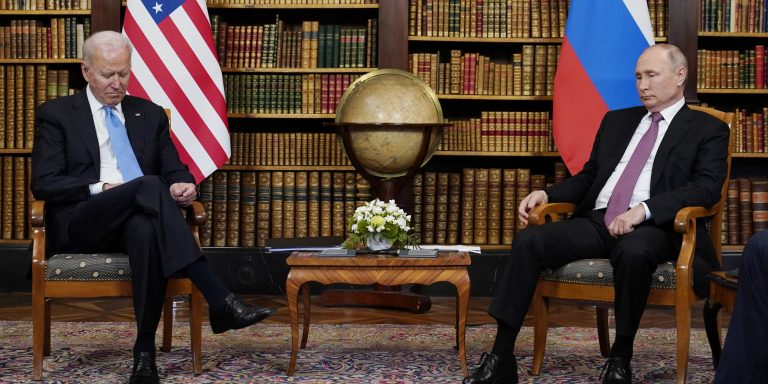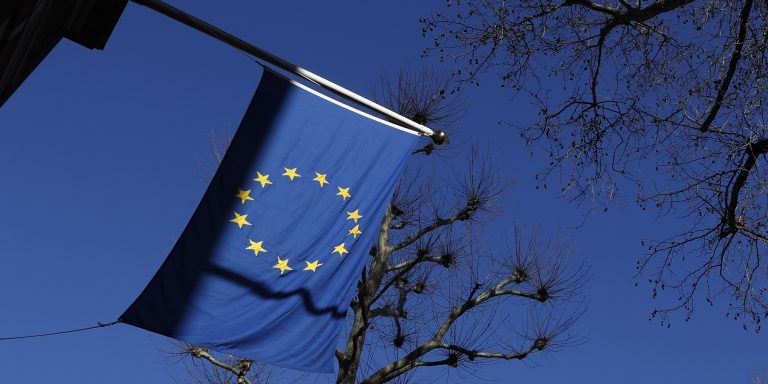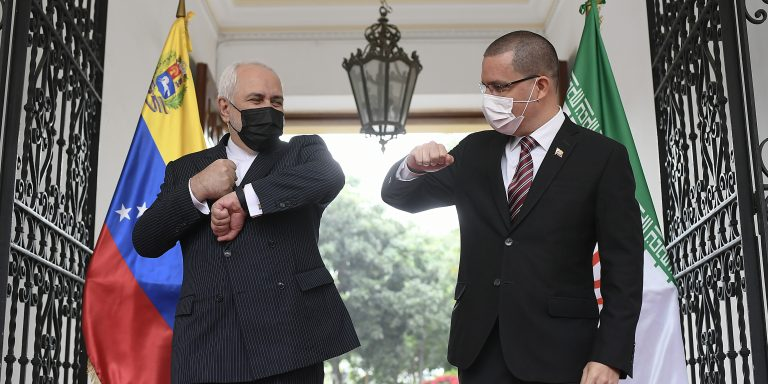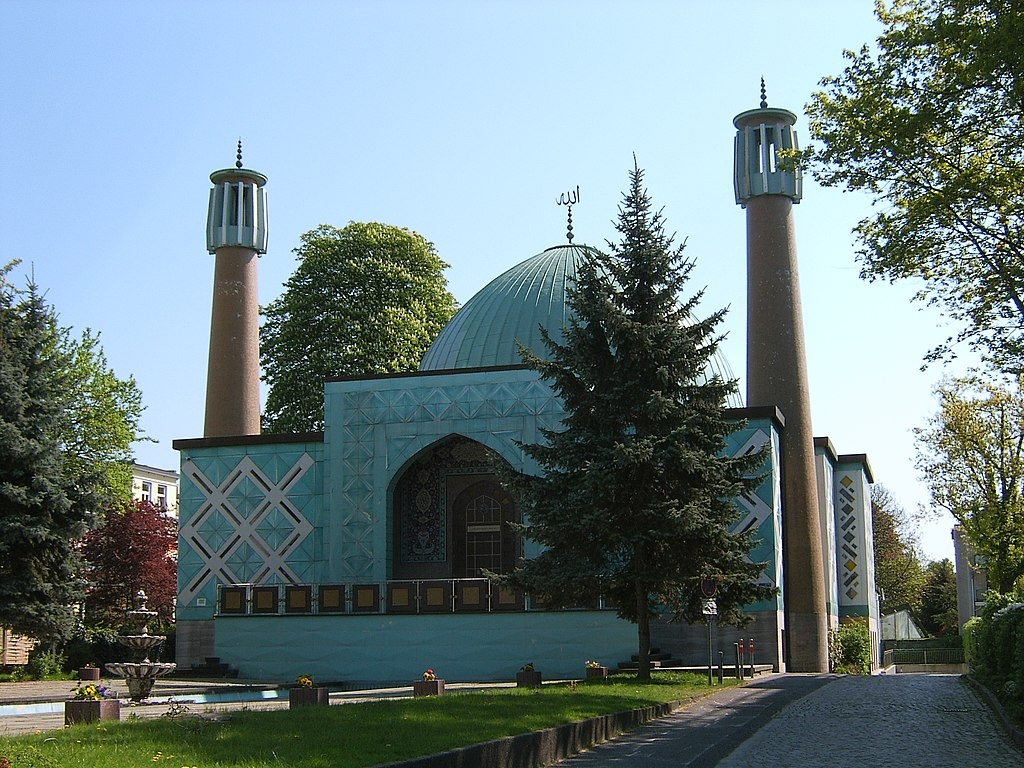Biden Administration Unveils Strategy to Counter Domestic Terrorism

The Biden administration released its strategy to counter domestic terrorism, detailing how the U.S. government plans to respond to the growing threat.
The strategy, the first of its kind, is comprised of four main pillars that each focus on a different aspect of the domestic terrorism threat.





